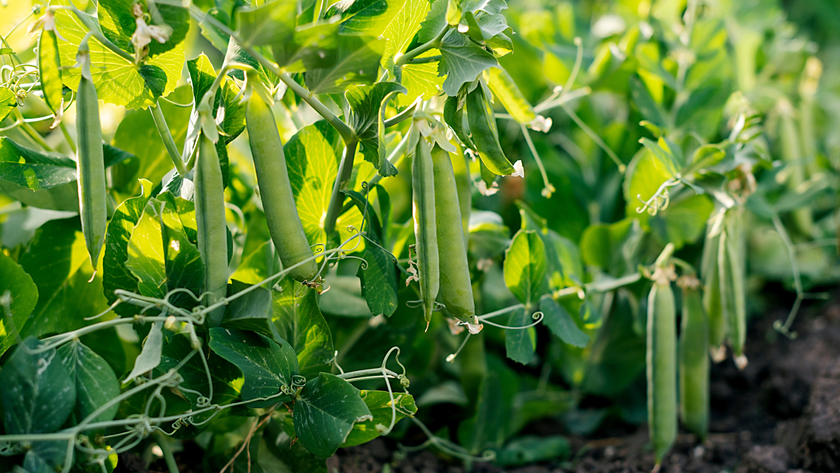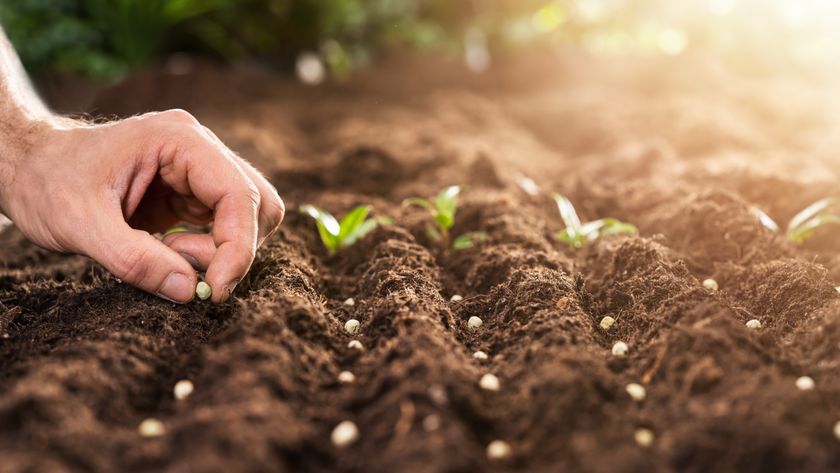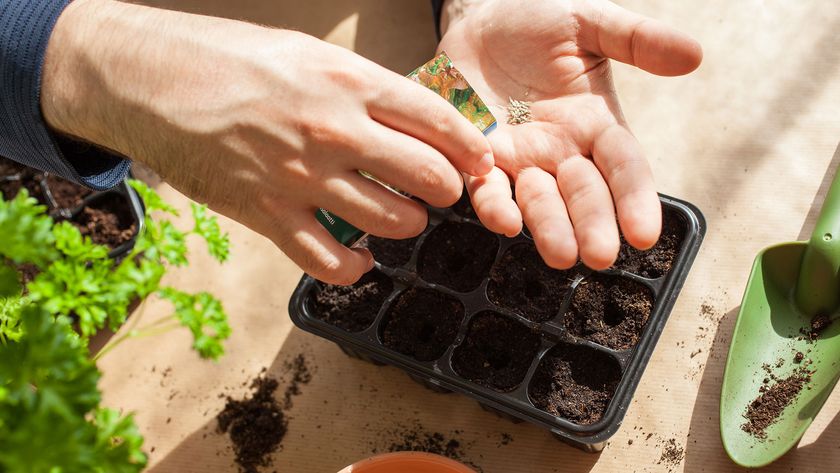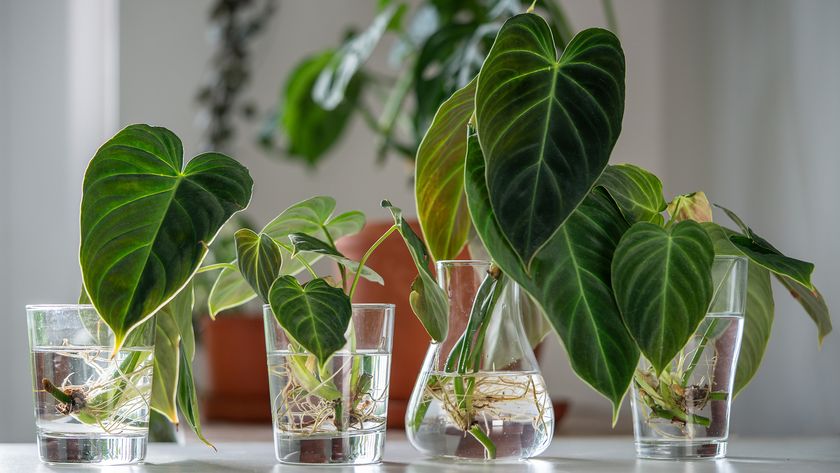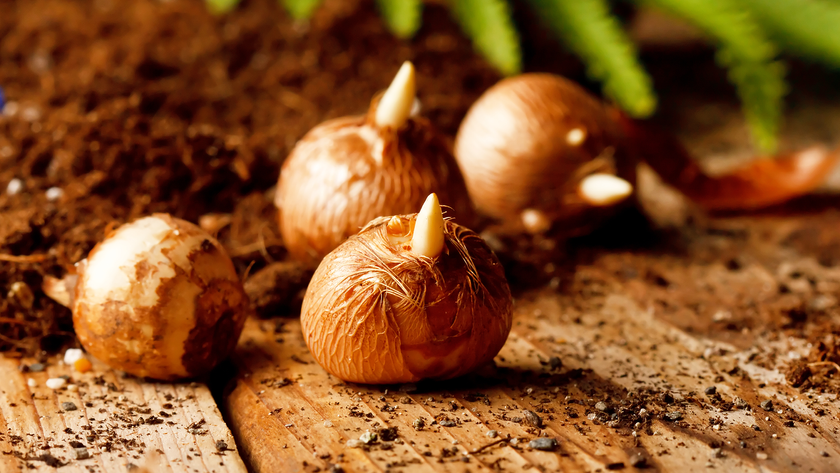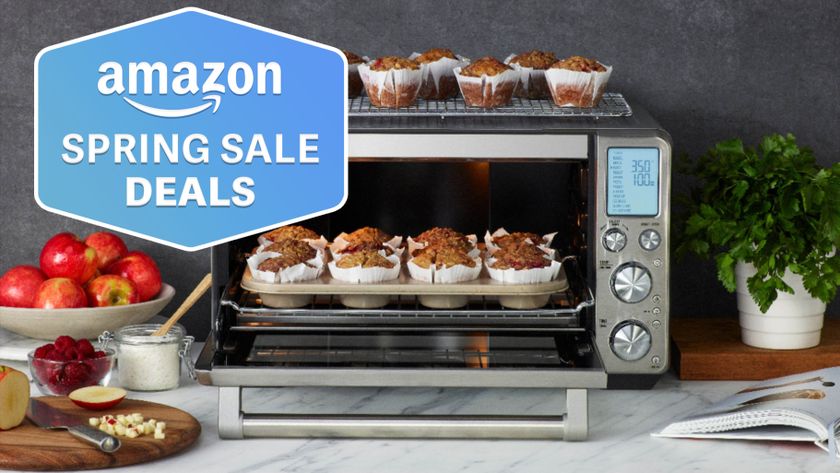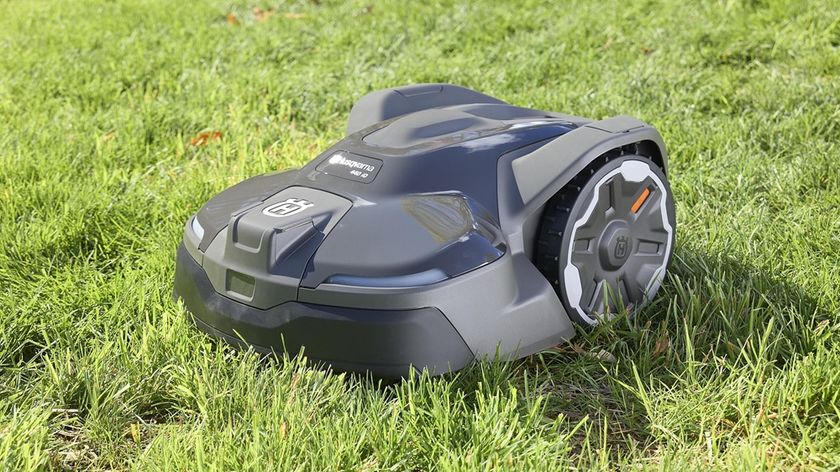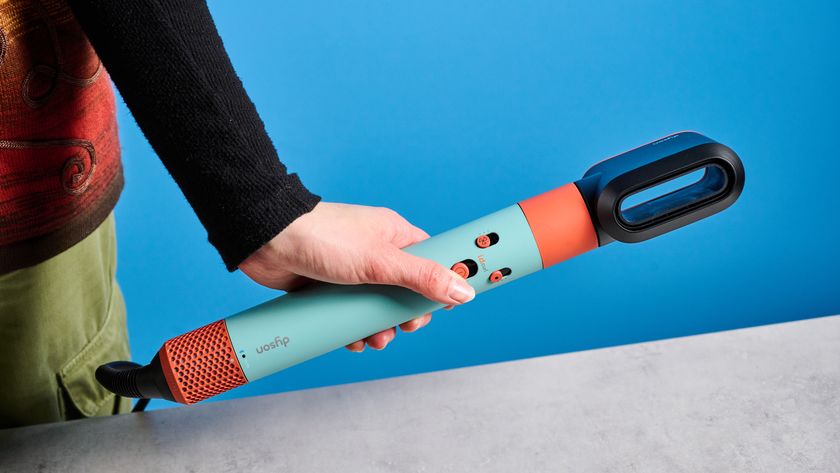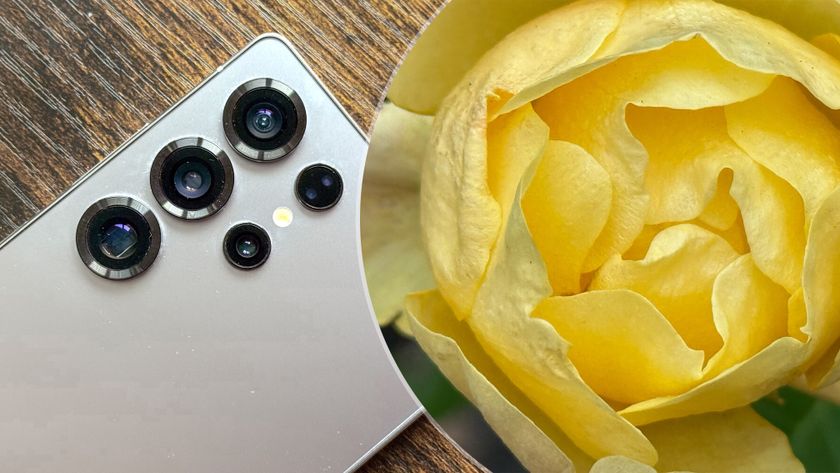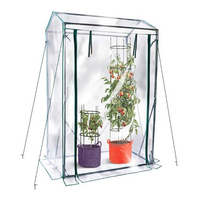7 top tips for growing juicy tomatoes
Enjoy flavorsome homegrown tomatoes
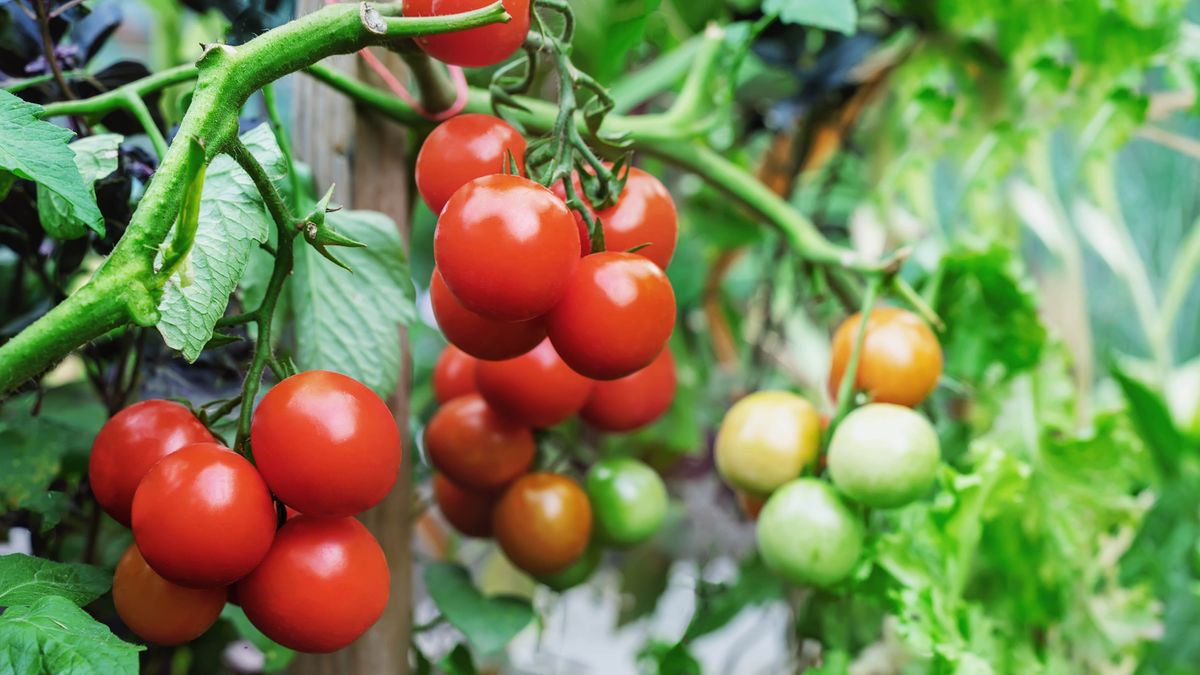
Tomatoes are one of the most popular vegetables to grow and for a good reason. Growing tomatoes is fun, whether you’re four or 74, and they taste delicious, too.
There’s nothing like seeing the small green fruits ripen to large juicy tomatoes, ready to add to a summer salad. And there are plenty of varieties, from the smallest cherry tomatoes to ample beefsteaks.
They are a versatile crop that can be grown in a container, hanging basket, greenhouse or ground, which will reward you with a bumper harvest, but you’ll need to take good care of them to ensure a tasty and bountiful crop.
Here, Amy Enfield, senior horticulturist at ScottsMiracle-Gro, shares her 7 top tips for growing tomatoes so you can enjoy a sweet and plentiful harvest.
You might also be interested in reading when is the best time to pick tomatoes off the vine?
1. Know your type
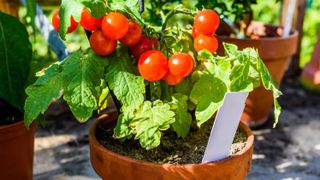
Tomatoes are split into two groups: determinate (bush) tomatoes and indeterminate (cordon) tomatoes. Enfield says its best to grow tomato varieties that are best suited to your climate and growing conditions. “Determinate and more compact varieties are ideal for containers and small gardens, while indeterminate varieties can provide a continuous harvest throughout the season in large gardens.”
I’m growing indeterminate tomatoes this year and have them in a small tomato greenhouse. However, they need a little more work, as you’ll need to ‘pinch out’ the side shoots to encourage the plant to fruit on the main stem, which isn’t necessary with bush varieties.
Sign up to get the BEST of Tom's Guide direct to your inbox.
Get instant access to breaking news, the hottest reviews, great deals and helpful tips.
If you’re growing tomatoes for the first time, the bush tomato, ‘Tumbling Tom,’ is a good choice and is ideal for growing in a hanging basket or pots. If you’re growing cordon tomatoes, try ‘Gardener’s Delight’ — a delicious cherry tomato suitable for growing in a greenhouse or outdoors.
Solution4Patios Garden Tomato Greenhouse: $44.99 @ Amazon
This tomato hothouse is designed to fit up to 4 plants and measures 3.25 x 1.64 x 4.9 ft. It comes with a thick transparent cover, featuring a rolled up zipper door and has guy ropes to keep it secure.
2. How and when to plant your tomatoes
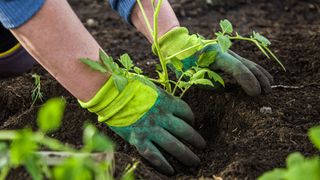
When growing tomatoes in the ground or within raised beds, Enfield recommends amending the soil with organic compost before planting. “If growing in containers, select a container that is ideally 18-24 inches in diameter — some compact varieties can be grown in 12-inch pots — and fill with potting mix, which is lighter and fluffier than compost or garden soil,” she says. “Adding a slow-release fertilizer at planting will help provide needed nutrients as your tomato grows.”
If planting in the ground, she suggests choosing a spot with well-drained soil and good air circulation to prevent fungal disease, and aim for soil that is nutrient-rich and drains well.
But when is the best time for planting? "Young plants can be transplanted outdoors after the danger of frost has passed and the soil has warmed," explains Enfield. “The big secret of growing tomatoes is to plant deeply! Bury two-thirds of the stem when transplanting. Roots will form along the buried stem, resulting in a stronger root system,” she adds.
Getting the temperature right
Planting tomatoes too early will leave them exposed to unexpected late frosts, which will kill the plant. So, it’s best to wait until the night time temperature stays consistently above 50°F, or the soil is 60°F.
3. Tomatoes are thirsty plants
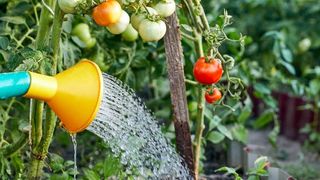
Your tomatoes will benefit from a regular drink to stop them wilting, but be careful to get the balance right, as too much moisture can lead to tomato root rot, where the roots become suffocated and can’t absorb oxygen. Overwatering can also lead to stunted growth, yellowing leaves and even the demise of the plant.
Aim to keep the soil moist, rather than drenched, and keep a watchful eye on them during hotter, drier days. The amount you water also depends on whether they are in a container or in the ground, as pots will dry out quicker.
Enfield advises watering your tomato plants whenever the top inch of soil is dry, “Tomato plants need more water as they increase in size as summer heat arrives, needing up to two inches or more of water a week.”
To avoid your tomatoes from drying out and to prevent weeds she says, “Mulch around plants with two to three inches of bagged mulch, straw, shredded leaves, pine straw, or untreated grass clippings.”
But how often should you water tomato plants? It will vary depending on the plant’s maturity and the external conditions. Seedlings require a small amount of water once a day. Mature plants will also require a daily water, but will need between 1-2 inches over the course of a week.
Four signs that your tomato plant needs water
1. Wilted or drooping leaves.
2. Leaves will curl inwards.
3. Growth is slow.
4. The lower leaves turn yellow.
4. Give them plenty of sunlight
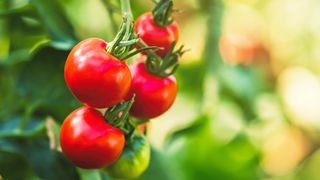
No matter which variety you are growing, tomatoes taste best when they are grown in a sunny clime. Enfield recommends placing your plants in full sun, as they require at least 6-8 hours of direct sunlight daily. The more sun they absorb, the more fruit they’ll produce.
To ensure the whole plant gains from the sun’s ray and that no leaves are left in the shade, space your tomato plants 30 to 48 inches apart.
5. Protect them from pests and diseases
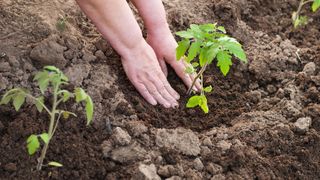
Tomatoes are at risk of damage from pests, with Enfield warning to look out for “aphids, tomato hornworms, and whiteflies,” also advising to use control products as needed to manage the problem. Tomato blight is another problem to look out for.
One way to protect tomatoes from soil-borne diseases is to rotate crops annually to prevent soil-borne diseases. “Tomatoes should not be planted in the same spot every year or planted where peppers, eggplants, tomatillos, and potatoes were planted the previous year,” says Enfield. She also advises against overhead watering to minimize the risk of fungal infections. And to remove any diseased plants promptly.
Spacing your tomatoes correctly will also help to avoid pests and diseases by allowing air to flow between plants. When placed closely together they are more at risk of condensation and the spread of fungal infections.
Companion planting can also help to keep pests away from your plants, by either exuding a smell that puts pests off, or entices them in away from the tomatoes. Basil’s aroma repels flies and aphids, while borage repels tomato hornworms, as its plants bright blue flowers resemble tomato blossom. Marigolds are another plant favored by tomato growers as they help control whiteflies.
I'll be planting nasturtiums with my tomatoes, as part from adding a bright pop of color, they deter aphids.
6. Give your tomatoes support
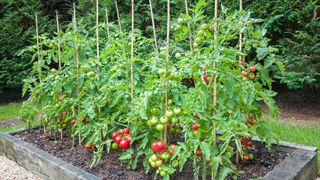
Tomato plants will need support once they get heavy with fruit. The best time to construct the support is at the outset, when you are planting your tomatoes.
I use canes for my tomatoes and tie them to the support with soft string, but you can also use other methods. Here are three ways to trellis tomatoes to promote a healthy crop.
Enfield suggests using stakes, cages or trellises to support the plants. “This prevents the fruit from touching the ground, reducing the risk of rot and disease,” she says. “Make sure to remove the lower leaves that touch the ground and any suckers (side shoots) that grow between the main stem and branches. This improves air circulation and directs energy to fruit production.”
Bush tomatoes are less likely to need support, but it’s worth keeping an eye out for any stems that are likely to break, or are heavy with the weight of bearing the fruits.
7. Nourish them
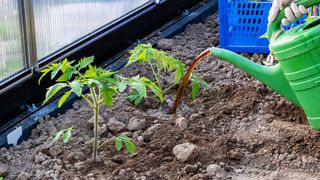
Tomatoes absorb the most nutrients when the soil pH ranges from 6.2 to 6.8. To give your tomatoes all the nutrients they need, try mixing a continuous-release fertilizer with calcium. This should be added into the planting hole before planting.
Your tomatoes will also need a regular feed through the growing season. Make sure to read and follow the instructions on the label of your chosen product.
More from Tom's Guide

Camilla Sharman has worked in publishing and marketing for over 30 years and has covered a wide range of sectors within the business and consumer industries both as a feature, content, and freelance writer.
As a business journalist, Camilla has researched articles for many different sectors from the jewellery industry to finance and tech, charities, and the arts. Whatever she’s covered, she enjoys delving deep and learning the ins and out of different topics, then conveying her research within engaging content that informs the reader. In her spare time, when she’s not in her kitchen experimenting with a new recipe, you’ll find her keeping fit at the gym. In the pool, stretching at a yoga class, or on a spin bike, exercise is her escape time. She also loves the great outdoors and if she’s not pottering about in her garden, she’ll be jumping on her bike for a gentle cycle ride.
